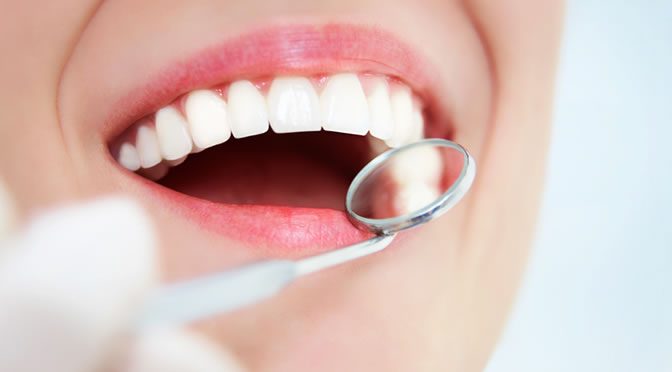Brushing your teeth twice a day helps to avoid gum inflammation, a risk factor for heart disease. But how do you know where the plaque is?
Bacterial plaque causes gum disease and it is known that most adults experience it to some extent.
The early stages of gum disease include symptoms such as bad breath and swollen, sore and bleeding gums while brushing your teeth.
Dental plaque and inflammatory diseases are caused by poor oral hygiene and can result in a build up of arterial plague, which can lead to heart attacks and strokes.
Scientists have now introduced a toothpaste that removes twice as much plaque.
Plaque HD, a plaque-identifying toothpaste, not only reduces dental plague but also significantly lowers the inflammation level in the body.
This was measured by high sensitivity C-reactive protein (hs-CRP), a marker which shows the level of inflammation in the body and can predict heart attacks and strokes.
Professor Charles H. Hennekens, a senior author of the study, said:
“While the findings on reducing dental plaque extend a previous observation, the findings on decreasing inflammation are new and novel.”
Participants in this study were instructed on how to brush their teeth and divided into two groups; one received Plaque HD and the other group were given placebo toothpaste for 60 days.
Dental plague was assessed by a special mouth rinse and dental images under black light and the hs-CRP levels were also measured.
The study found that Plaque HD toothpaste reduced the inflammation by 29%, while it was increased by 25% in the placebo group.
This is the first toothpaste that displays plaque, so with direct brushing the plague can be removed.
The product also contains some cleaning agents which reduce the plague structure so helping people identify the plaque while brushing your teeth.
The study was published in the American Journal of Medicine (Fasula et al., 2016).
Dental image from Shutterstock
